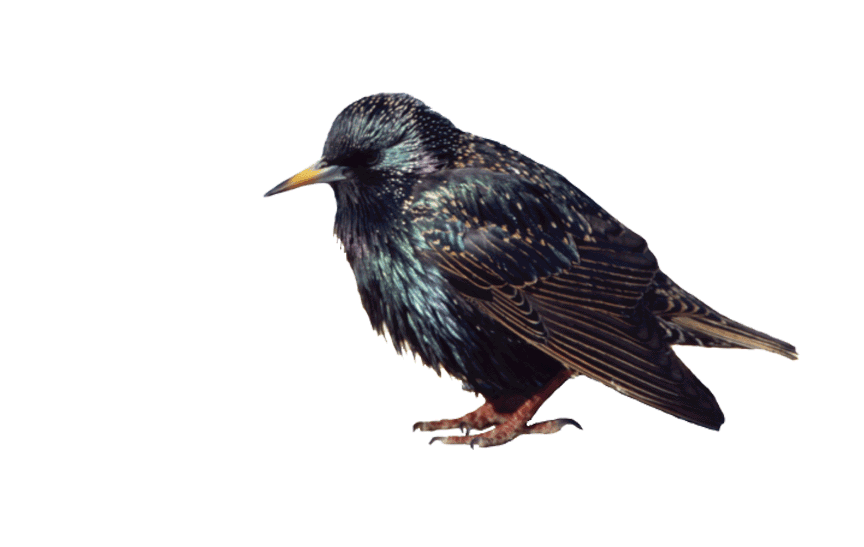Birds in the Wild
Bird Photography - The tricks of the trade !
Bird Photography - The tricks of the trade !
LIGHT
 A great artist once said: "To photograph, is to paint with light". And he was right, because without light, there is no image. As a general rule, it is not recommended to photograph birds in cloudy conditions. Only the sun brings out the colours and reflections of a bird's robe. Since a bird's body is not flat as a wall, be out early morn and at after-noon's end. During these periods, the inclination of the sun removes the shade spots on the birds.
A great artist once said: "To photograph, is to paint with light". And he was right, because without light, there is no image. As a general rule, it is not recommended to photograph birds in cloudy conditions. Only the sun brings out the colours and reflections of a bird's robe. Since a bird's body is not flat as a wall, be out early morn and at after-noon's end. During these periods, the inclination of the sun removes the shade spots on the birds.On the terrain, every one of your acts and gestures must be thought out in regards to lighting. When you enter a park, CHOSE YOUR PATH AS TO KEEP THE SUN BEHIND YOU. Photographs are rarely a success when the light comes from behind the bird. This is also true when birds are perched very high and the sky constitutes the background. When you finally get hold of a bird which collaborates but you're not sure you've adjusted your camera correctly, don't take chances, take a few extra clips at varied adjustments.
COMPOSITION
Composition is often a matter of taste. However, here are some tricks to improve the artistic aspect of your images. First off, forget birds perched on polls, wires, lamp-posts and feeders. These photos can sometimes be useful, but are rarely dubbed masterpieces. Also forget birds posed on concrete, asphalt or other man-made structures. Rather seek out a natural background.
 Birds move fast and we do not always have the luxury of choice, but try just the same not to place your main subject in the centre of your composition. Never do close-ups, for the scenery in which the bird evolves may be as interesting as the bird itself.
Birds move fast and we do not always have the luxury of choice, but try just the same not to place your main subject in the centre of your composition. Never do close-ups, for the scenery in which the bird evolves may be as interesting as the bird itself.KNOWING YOUR SUBJECT
To increase your chances for success, prior to going out on the terrain, it is preferable to target only one or two species and to prepare well. Learn to recognize the bird you are looking for. Memorize its song, be informed of its habitat, its feeding and other habits. Learn to recognize signs of its presence. Assure yourself that the species is in fact present at that time of year, and identify on a map the sectors where it is most likely to be found. Why not make a short spotting visit a few days in advance ? This will avoid dragging material around in vain. If you are unable to spot a species, there will be no photo. So start off with more abundant and easy to locate species.
HIDE OR APPROACH
There are two main methods to get close to birds. The first consists in going towards them (approach), the second is to lie in wait (hide). You opt for approach ? Here are two tricks to facilitate your task: walk as low as possible, and advance in a zigzagging pattern towards the bird. As for the hiding method, blend with the environment, near an attraction pole for the birds, and remain motionless until the birds arrive. Hiding places are often made available in interpretation centres and serve this purpose well. You can also buy or make a portable hiding place for yourself which you will be able to install at chosen spots. Since a few hundred species are present in North America year-round, up to you to discover your preferred method for each.